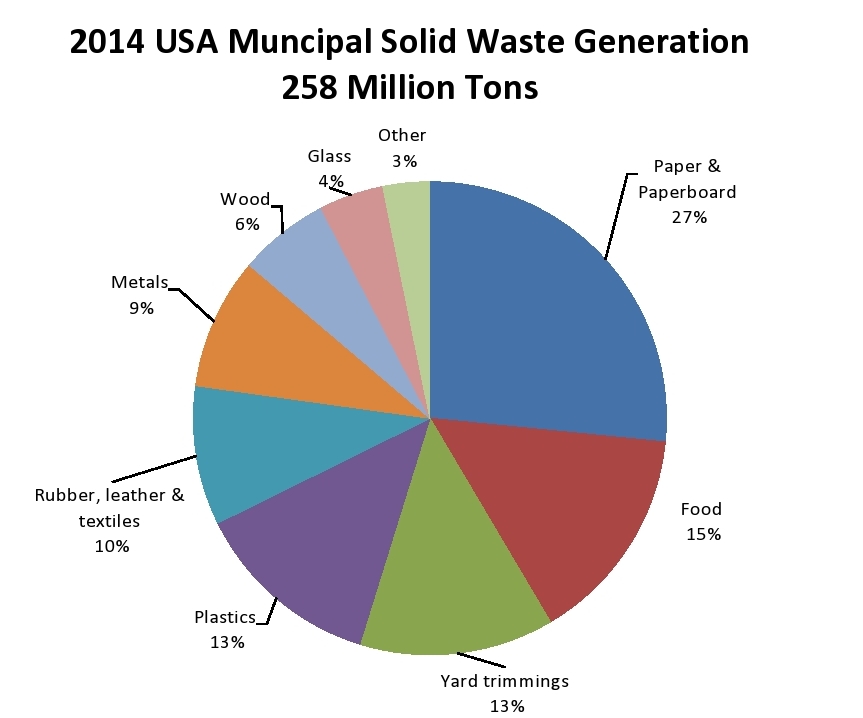What to do with Grass Clippings
Summer is right around the corner uprooting dreams of green lawns manicured to perfection. An immaculate yard is something many homeowners’ strive to achieve. Barriers such as the weather, water restrictions, pets, and even children manage to deteriorate well-thought out efforts. While some obstacles deter the accomplishment of having the best lawn in the neighborhood, there is one simple and green technique that is sure to bring life to your lawn.
While it may be tempting to attach a bag to the mower to gather grass clippings and eliminate the pesky little green shards that would otherwise be left behind; this concept is actually counterproductive. Grass clippings should be left in place across the yard as it may be used as a natural fertilizer. Clippings quickly decompose and return essential nutrients back to the soil.
Grass clippings and other yard waste make up 13% of municipal solid waste generation throughout the United States.

Tossing out grass clippings and yard waste is wasteful and expensive. Taxpayers spend millions of dollars collecting and transporting yard waste to the landfill rather than using it as a natural fertilizer for their lawns.
Grasscycling promotes a positive environmental impact while benefiting your lawn. Consider the following grass clipping guideline to achieve an exceptional lawn.
- Cut grass when it is dry. A wet lawn is difficult to mow as the grass is heavy and won’t provide a clean cut. A dry cut will help disperse the clippings more efficiently.
- Maintain a sharp blade on the mower. A sharp blade encourages a clean cut, which prevents insects and disease from moving in the yard.
- If there has been excessive growth in between clippings, raise the mower height and gradually lower for further clippings. A dramatic cut will throw the grass into shock, while a gradual cut over time will keep grass in a healthy state.
- There is no need to gather the grass clippings after mowing the lawn. Simply leave them where they lay, the short clippings will soon fall into the deeper layers of your lawn.
- If the yard has been treated with herbicides and you are planning on using grass clippings as mulch, wait at least three mowing sessions before using the grass clippings.
The conventional mowing practice of bagging can be placed in the past. Grass clippings bring an innovative green landscaping opportunity that uses less, in more ways than one.
- Less fertilizer will be needed to maintain a colorful lawn since grass clippings return essential nutrients to the soil.
- Less water will be wasted as the clippings help the soil retain water and maintain a healthy lawn.
- Less work will be needed since there will be no unnecessary bagging.
- Less waste will be accumulated since clippings will be utilized in a green fashion.
The best thing to do with grass clippings is to begin a grasscycling program. Including this recycling effort into a waste management program encourages an alternative to a traditional lawn maintenance program.
Last Modified:


